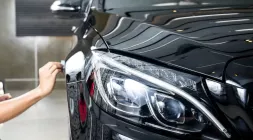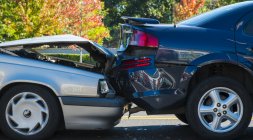Car Owners: Never Ignore Brakes and Tires
Check the article out to know reasons why you should not ignore your car's tires and brakes.
The basics of making a vehicle run are to start it and initiate movement, maneuver it to get to the desired location, and then halt. The many important pieces and mechanisms that make up the car make this feat possible. However, asides from the important goal of getting the car to move to fulfill its purpose, there is the greater need that the vehicle should be. Here are other things you need to pay attention to, brought to you by Philcarnews.com.
1. The Role of Brakes and Tires
The importance of brakes in maneuvering a car is crucial such that, any failure in the system could result in an accident or worse result in a casualty. While the brakes handle the slowing down and halting episodes, there is also another part that aids in car movement — tires.
The tires are the rubber part of the vehicle that acts as a rolling shoe to the whole unit. The tires and the brakes are two of the main components of a vehicle that ensures we have a safe and comfortable ride.
2. The Brakes
There are three different types of brakes. The first is the disc brakes. You can easily spot it by just by bending over close to the wheel of any vehicle that has one. It consists of brake pads, calipers, and brake rotors. These types of brakes rub a hard, thick pad against the brake rotor to slow down the car.
There is also the other kind, known as the drum brakes. Unlike the disc brakes that most cars have on all four wheels, drum brakes are often installed in the rear wheels. The brake springs, wheel cylinder, brake shoes, and brake drum comprises the drum brake system. When the driver presses on the pedal, it causes two shoe-shaped materials to press against the brake drum which minimizes motion until the car goes to a complete halt.
The last one is the handbrake which you may be familiar with. The hand brake, also known as the parking brake, emergency brake, or e-brake, doesn’t use any hydraulic fluid and is either operated by foot or hand. Located between the front seats or left of the gas pedal, the hand brake keeps the car still while parked and can also be used in case your primary brakes fail.
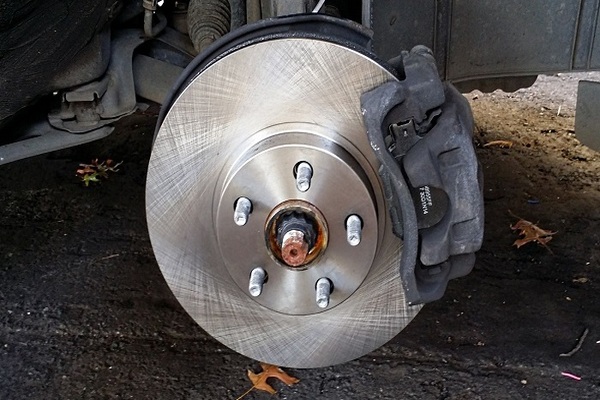
There are three different types of brakes
3. The Tires
If you ever noticed your tires close enough, you’d know that they’re not exactly round like what you’re a teacher in kindergarten wanted you to draw. There is that flat area where the tire meets the ground. That is called the contact patch and by looking at that area, you can automatically tell if your tires are doing well, is underinflated or overloaded.
Different brand of tires is made with different processes and materials. The common materials present in most tires are the bead and the body. There is also the sidewall and the most common word usually associated with tires – tread.
These tire components, along with the sciences and knowledge of some of the world’s leading tire manufacturers, make the purpose of tires possible. With great craftsmanship, tires are able to continue rotation while keeping the contact patch in sturdy so the weight is carried and evenly distributed.
>>> Read more:
4. What to expect when you ignore your tires
Ignoring your tires can lead to a plethora of bad things that could happen. We wouldn't want this to happen to anyone but needless to say, the effects of neglecting your tires will vary depending on the severity of its state. Here are some of the problems that may arise if you continue neglecting your tires.
4.1. Single side wear
In this example, you can clearly see that only one side of the tire is worn out while the other side is completely fine with minimal wearing. To reduce the chances of experiencing this type of problem with your car, check the alignment regularly. The wheels may not be properly aligned so weight distribution is heavier on the tire's side which is more worn out.
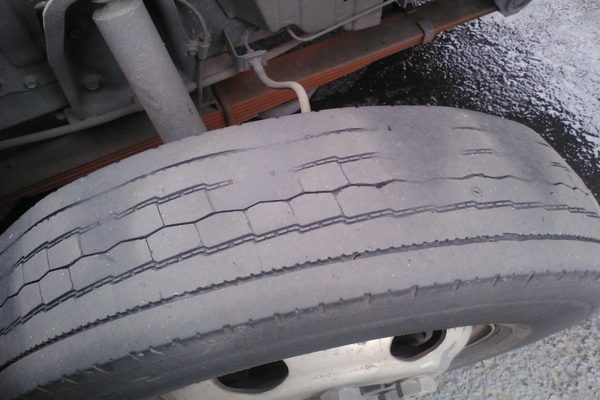
You can clearly see that only one side of the tire is worn out while the other side is completely fine with minimal wearing
4.2. Bulging and cracks
This is where the tires develop cracks and unnecessary bulges that are visually obvious even without close inspection. Bulges and cracks mostly develop due to road cracks, pits, potholes, or debris on the road that your tire comes in contact with. Decrease the risks of greater damage by avoiding both under-inflation and over-inflation of the tires.
4.3. Scalloping
This one isn't the tire's fault entirely but it is greatly affected anyway. Scalloping or cupping is the rise and fall or valley-and-hill like pattern that can be noticed on your tire once inspected properly. This is caused by a flaw in the suspension where the car may be bouncing at a barely noticeable rate.
5. What to expect when you ignore your brakes
Your brakes are one of the most vital components of your vehicle and its importance really can't be stressed enough. Like any other part of your car, brake systems need regular maintenance as well.
Pay attention to these warning signs and have your brake system checked once you noticed either of these.
5.1. The pedals need to be pressed harder
This scenario could only mean one thing and it requires a solution immediately. If your brake pedal needs a little more force than before, it could be trying to tell you that the brake pads are starting to thin or failing. Have your vehicle towed and have the issue fixed.
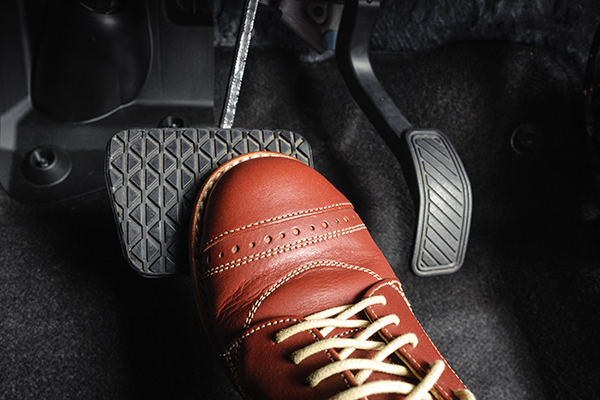
If your brake pedal needs a little more force than before, it could be trying to tell you that the brake pads are starting to thin or failing
5.2. Brake warning light is lit
A brake warning light that is on normally indicates that you need to release the parking brake. However, if the warning light comes on as you apply the brakes then have your car checked for possible brake fluid leak and other issues, as soon as possible. Some cars are equipped with brake fluid level sensor which activates the warning light when the fluid level is dangerously low.
Brake fluid leaks can cause brake lining, brake shoes, or brake pads contamination. If you see noticeable signs of a fluid leak underneath your vehicle, don’t drive and have your car towed instead.
>>> Click to get more tips and advice for your car maintenance
RECENT ARTICLES


